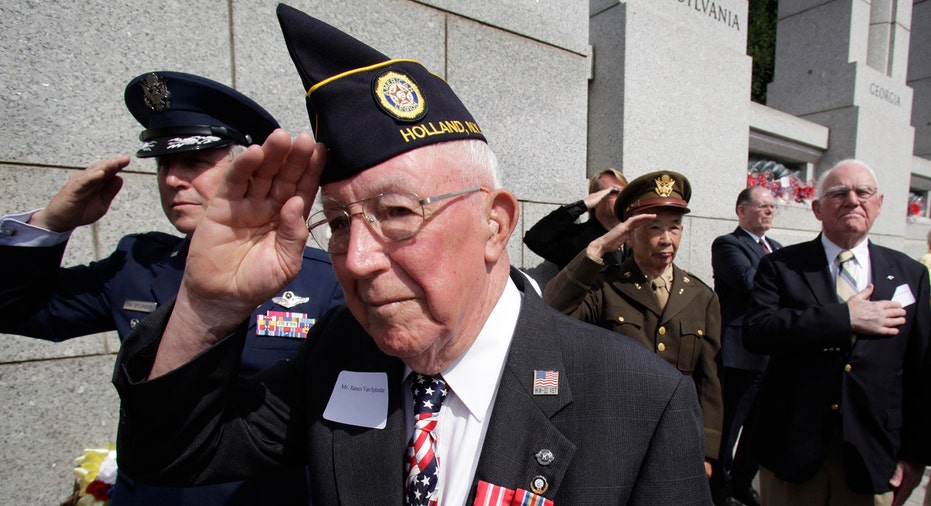An Overhaul of the Military Retirement Program

As retirement programs across the U.S. have adapted over time, the military retirement program has largely remained unchanged. In fact, the current system has not changed much since World War II. That’s why the National Defense Authorization Act (NDAA) for Fiscal Year 2016, which authorized an overhaul of the retirement system, is such a big deal.
The Process
According to Michael Meese, retired Brigadier General in the U.S. Army and COO of AAFMAA (American Armed Forces Mutual Aid Association), radical changes to the military retirement program were proposed by the Defense Business Board in 2011, turning some heads and starting the discussion about reforming the current “defined benefit” retirement system.
That led to the appointment of the Military Compensation and Retirement Modernization Commission (MCRMC), which was tasked with reviewing and modernizing current systems and procedures. The MCRMC found that the vast majority of servicemembers leave the military with no retirement fund, because it only applies to those who have served for 20 years.
The MCRMC was concerned that the 83% who leave before 20 years of service get nothing, and as a result, proposed a new system to reach more members that includes career continuation pay, retention bonuses and “defined contributions”—where both the employer and employee contribute each year (think 401k).
The overhaul to the system was approved under the NDAA, and now it’s up to the Department of Defense to implement the plan based on the recommendations outlined by the MCRMC. The exact details of the plan will be worked out before it is implemented on January 1, 2018.
The New Plan
The goals of the new plan are to modernize an outdated program and to benefit all servicemembers instead of a select few. The proposal is generally more fair and balanced across the board, according to Meese, as it will affect all members who serve at least two years instead of just the 17% who served for 20 years or more.
President Obama, who signed the NDAA on November 25, called the military retirement plan changes “important reforms to the military retirement system,” and Meese said it is “a very good step in the right direction.”
Under the current plan, a servicemember’s retirement pay is calculated at 2.5% after 20 years of service. Under the newly proposed plan, the retirement pay is calculated at a lower rate of 2% times the years of service, but the biggest change is the added benefit of a matching contribution along the way.
The new defined contribution aspect calls for the military to contribute 1% of basic pay to a service member’s Thrift Savings Plan (TSP) account, and match up to 5% of the member’s contribution after 2 years of service, continuing until the 26th year. After 12 years of service, there is also a continuation pay bonus for those who commit to an additional 4 years of service.
The defined contribution plan is a huge advantage to military members with shorter terms of service because rather than getting nothing, they essentially accumulate a 5% match 401k fund to take with them; helping them plan for their financial future whether they stay in the military for 5, 10, or 15 years.
There is also a financial education aspect, according to Meese. “It requires financial education so that individuals understand what a 401k is, how different investment options matter, and how overall financial planning is critically important.”
Although the plan recommended by the MCRMC suggests specific amounts for matching contributions, the amounts are not yet set in stone; as the DoD has the latitude to change these slightly before implementation.
“It appears that the default contribution, the exact amount of the matching (up to the 5%), and how current members who can opt into this option can do so, are some of the many details that have to be worked out,” according to Meese.
Regardless of the final details, these reforms are an important step towards modernizing an outdated system.